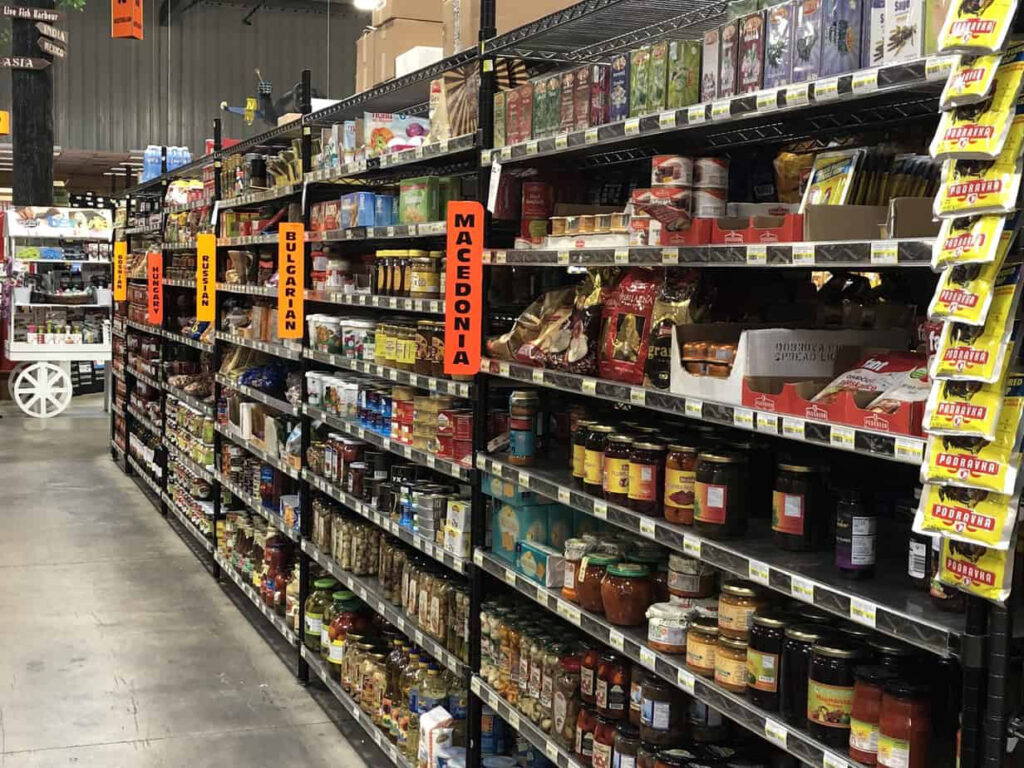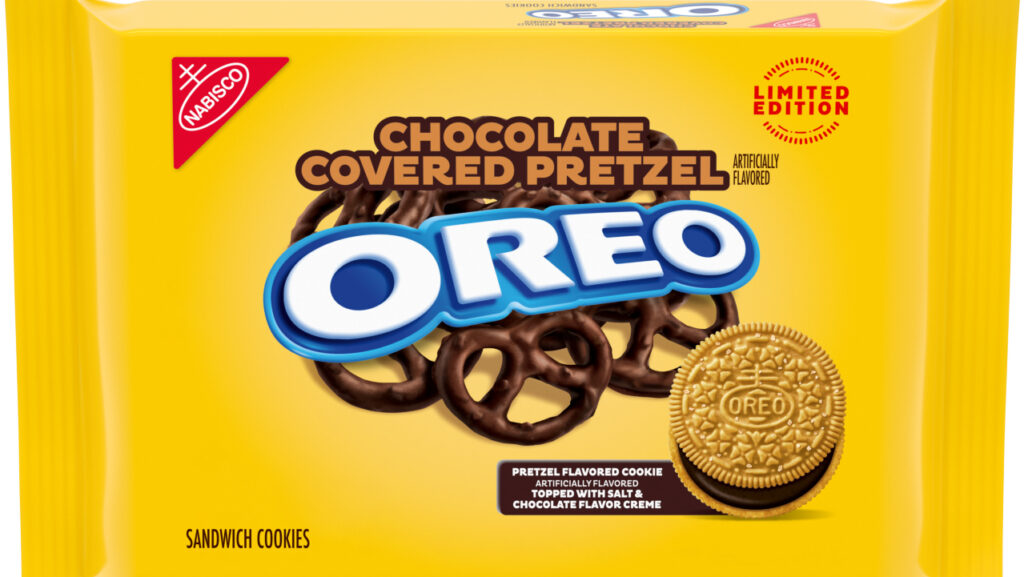Business Strategy, Category Growth 24 June 2025
Beyond Boundaries: Why CPG Companies Must Rethink Traditional Category Definitions
In the Consumer Packaged Goods (CPG) industry, categories have long served as the organizing principle for business strategy and execution.
Sevendots, Rome
4 minute read
Defined primarily by physical products and manufacturing processes, categories shape everything from supply chains to shelf layouts, performance metrics to product innovation pipelines. For decades, this industrial lens has helped companies align resources, standardize operations, and build deep market knowledge.
However, as consumer expectations evolve and volume growth becomes harder to achieve, this traditional approach is showing its limits.
The Legacy of Industrial Categorization
Most category definitions are still broadly linked to physical units (bottles of shampoo, packs of biscuits, cans of soda). This logic works well for managing production and distribution, and it supports robust market analytics: growth rates, market shares, and distribution gaps are all easy to track within these clear boundaries and reporting can be in terms of units, equivalent volumes and values. Retailers have mirrored this logic, organizing physical and digital shelves accordingly.
Consumers, too, have largely adapted their shopping behavior to this structure.
At the same time most manufacturers are reasoning in terms of need states to navigate these categories, bringing a broader set of associated rational and emotional benefits to the use of the physical products.
A Missed Opportunity: Higher Level Solution Framing
Manufacturers and retailers experiment with different category definitions vs. the industrial one but, when they do, they are often treated as marginal experiments. For example ethnic food sections, party bundles, oral care regimens.



These efforts rarely sit at the center of corporate strategies. In contrast, some start-ups and digital-native brands have embraced the idea of providing higher level solutions to consumers with integrated, service-driven models. This can be the case with meal kits, health regimens, or time-saving solutions.
This lack of a higher framing exercise has two critical drawbacks for major CPG players:
- Growth Constraint: When companies define their scope narrowly, they limit their capacity to scale. A brand focused only on energy drinks might miss growth opportunities in adjacent spaces like coffee, supplements, or snackable energy. Red Bull, for instance, commands nearly 40% of the U.S. energy drink market (1, 2). But it understands that its true competitive set includes anything that offers consumers a quick energy boost—coffee, bars, or even functional gum. This broader lens fuels innovation and relevance.

- Value Leakage: Consumers increasingly expect more personalized, adaptive, and high-fit solutions. Yet most CPG portfolios are not designed to deliver against this rising bar. While other industries embrace customization and service layers, the CPG industry is often stuck delivering physical goods through a traditional lens, leaving value “on the ground.”
Leading by Example: Expanding the Playing Field
Forward-thinking companies have begun to redefine their frames of reference. The Coca-Cola Company moved from managing carbonated soft drinks to Liquid Refreshment Beverages and now speaks more broadly about “drinks” and “occasions,” enabling a more flexible and expansive innovation agenda.
In snacking, the historical sweet/savory divide is losing relevance. Consumers are increasingly driven by curiosity, craving new taste experiences that blur these boundaries, such as Oreo Pretzel. The Mars acquisition of Kellanova signals a move toward building powerful cross-category snacking portfolios, unconstrained by outdated classifications and definitions.

Rethinking the Model: Two Imperatives
To move beyond traditional categories, CPG companies must embrace two core shifts. They are both rooted in putting the consumer first:
From Categories to Solutions
Reframe your portfolio not by product type, but by consumer jobs-to-be-done. Whether it’s energy, indulgence, hydration, or convenience, define the occasions or the need states and then shape the offer around them.
From Product to Platform
Elevate the offer beyond the physical product. Incorporate services, experiences, or digital layers that deepen relevance and increase perceived value. This requires a new way of thinking about portfolio design, capability building, and business model evolution.
Conclusion
The CPG industry cannot afford to cling on to industrial-era category definitions. Consumers don’t think in terms of supply chains or product lines, they think in terms of needs, occasions, and aspirations intuitively looking for higher level solutions. Companies that reframe their approach around these consumer realities, and make them central to their long term strategies, will be the ones best positioned to unlock new growth, foster loyalty, and create meaningful differentiation in a crowded marketplace.
Contact Sevendots today to discover more.
